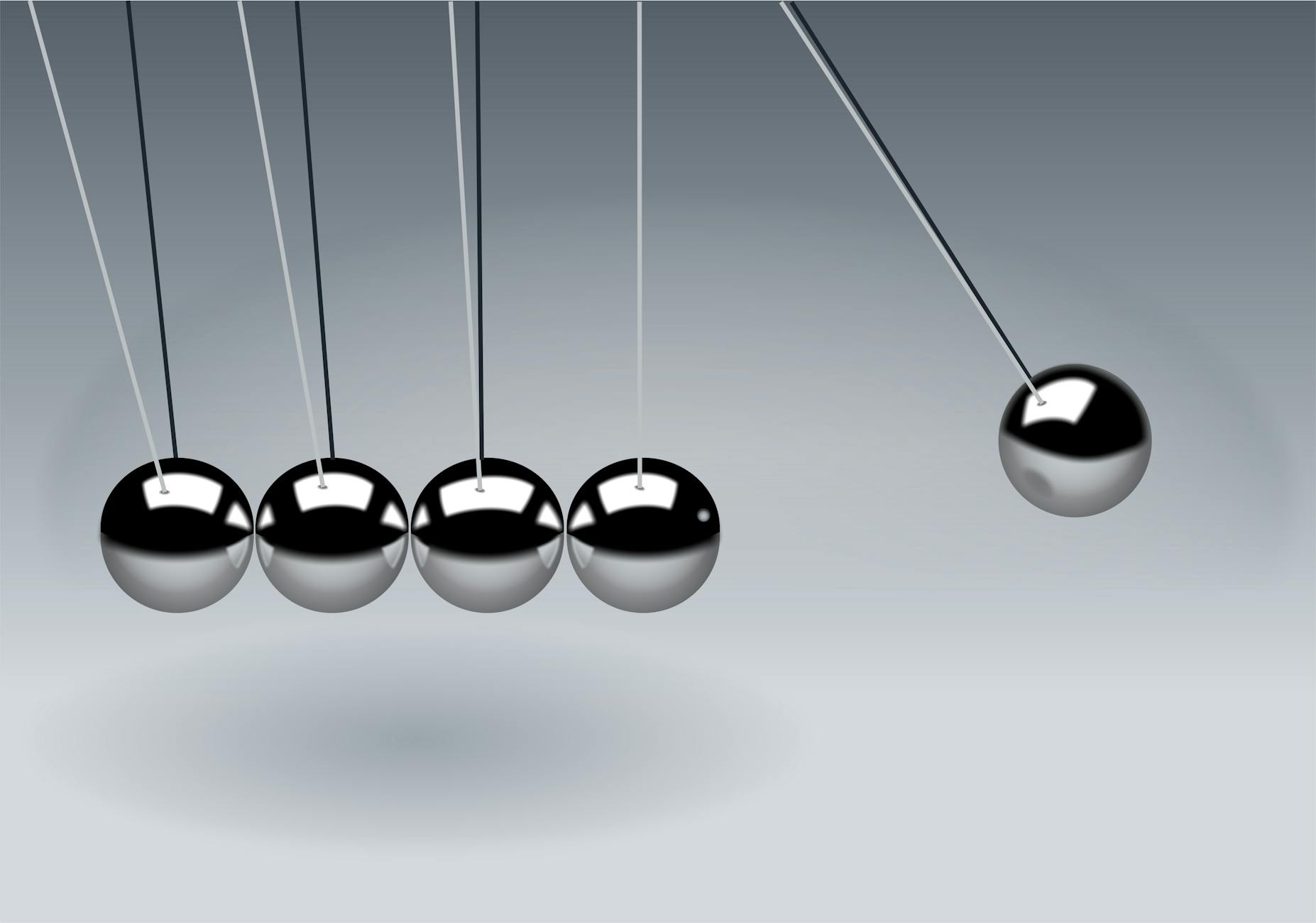The future of artificial intelligence hinges on its ability to deeply understand the physical world, not simply replicate human-like embodiment. A growing body of thought suggests that true intelligence requires a grounding in real-world physics, enabling AI to move beyond pattern-matching and achieve genuine comprehension. This perspective challenges the idea that AI can truly grasp complex concepts like science and mathematics without a fundamental understanding of the laws and interactions governing our environment.
Science, at its core, is derived from observing and interpreting physical phenomena. Similarly, mathematics can be viewed as a sophisticated set of abstractions built upon our interaction with the world around us. Leading AI researchers, including Yann LeCun, point out the current limitations of even cutting-edge AI models – including large language models, text-to-video generators like SORA, image generators like Midjourney, and sophisticated robots – in their ability to comprehend the physical world with the same nuanced understanding as even a simple animal like a cat. While current AI can often answer questions or solve puzzles, it frequently does so through pattern recognition, lacking true comprehension. Achieving advanced reasoning and genuine abstraction necessitates a robust foundation built upon a solid understanding of the physical world.
